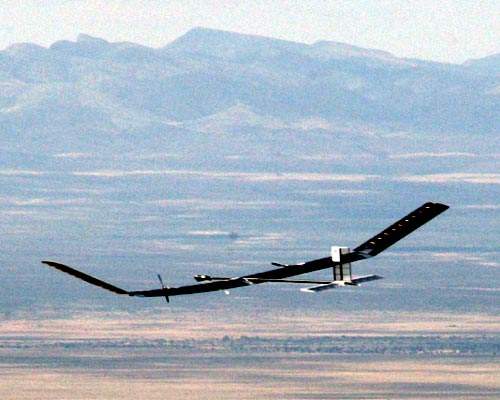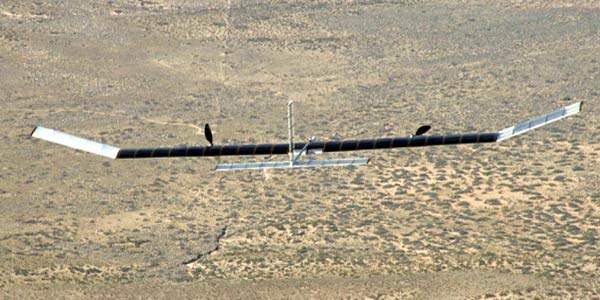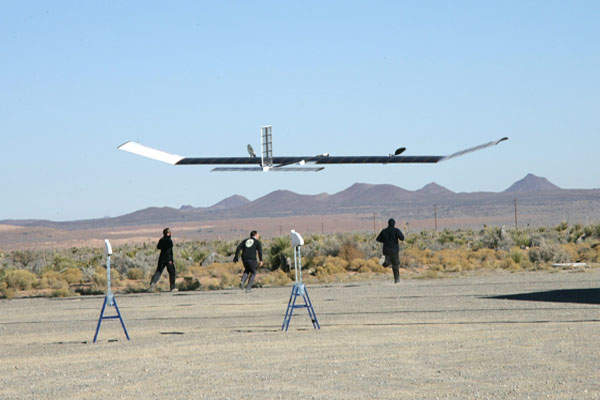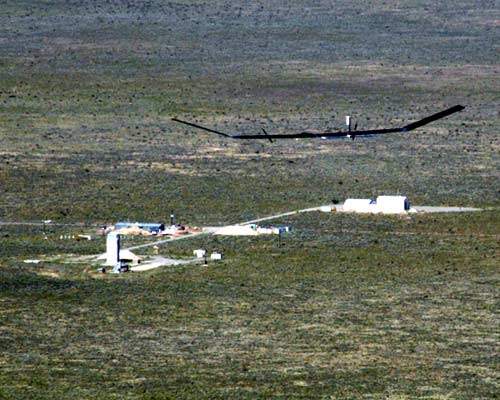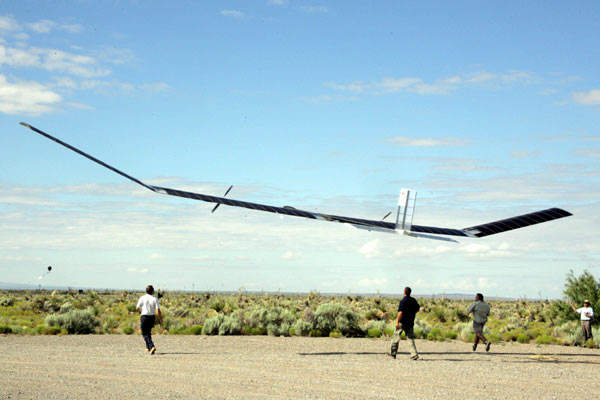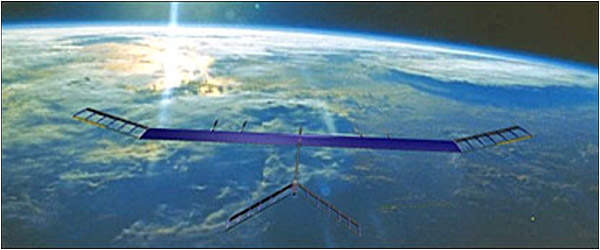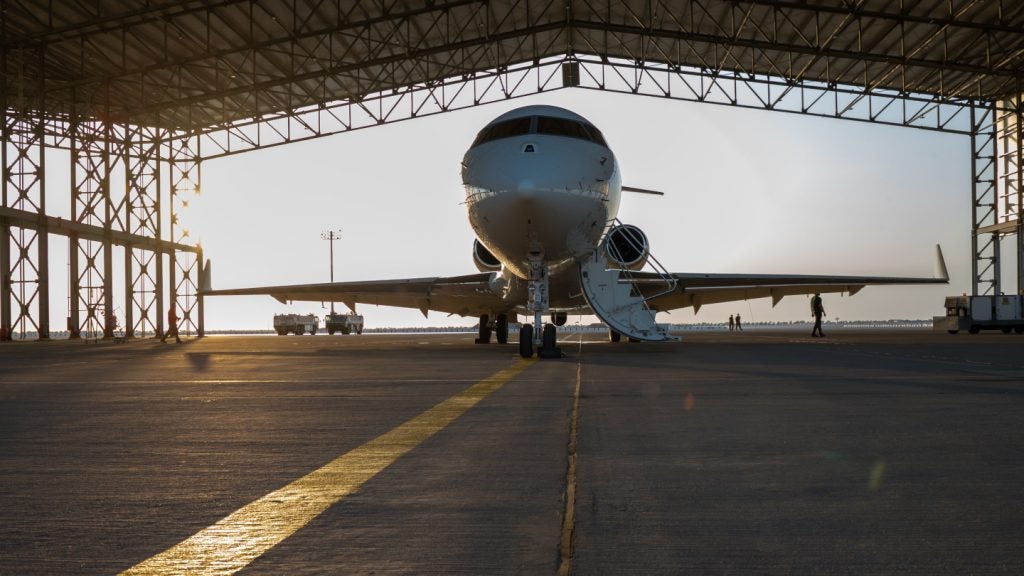The Zephyr family of solar-electric-powered unmanned air vehicles is being developed by QinetiQ in the UK with the UK Ministry of Defence, under a jointly funded programme. The Zephyr high-altitude, long-endurance (HALE) autonomous unmanned system can provide high-quality surveillance data over large areas in real time. The system is capable of capturing and disseminating information, while operating at altitudes of more than 18km.
Zephyr solar-powered UAV development
The QinetiQ development programme aims at providing a HALE UAV for long-endurance operations of up to three months at altitudes above the weather and air traffic (above 50,000ft), offering an operational low-cost persistent military capability by the end of the decade.
The Zephyr UAV exceeded the world record for the longest duration unmanned flight in August 2008. Zephyr successfully completed an 82-hour flight, reaching an altitude of more than 60,000ft during a trial held at the US Army’s Yuma Proving Ground in Arizona. The US Department of Defense funded the demonstration flight under a joint capability technology demonstration (JCTD) programme with the UK MoD. Zephyr was flown on autopilot and by satellite communications.
The Naval Air Warfare Center Aircraft Division of New Jersey awarded a $44.9m cost-plus-fixed-fee contract to QinetiQ North America in May 2009 for supplying seven Zephyr air vehicles and one ground station. QinetiQ will begin work in Farnborough, UK, and is expected to complete deliveries by May 2014.
The Zephyr HALE UAV is being developed by QinetiQ for military and civil applications including surveillance, communications relay, remote sensing, mapping, and atmospheric sensing missions. Military applications include low-cost long-term battlespace awareness. Civil applications could include pipeline, crop and forestry fire monitoring, fisheries protection and border control.
The Zephyr HALE UAV can execute wide range missions including specific target monitoring, anti-piracy efforts, route monitoring, counter-IED, border security and local area security.
Zephyr UAV programme
The concept development of the Zephyr UAV started in 2003. The first flight trials of Zephyr began in December 2005 at the White Sands Missile Range. Two prototype Zephyrs with wingspan up to 12m were flown to a maximum altitude of 27,000ft and for 4.5 hours and six hours which were the maximum flight duration times permitted under the missile range restrictions.
In July 2006, flight trials at White Sands involved three prototype air vehicles with a wingspan up to 16m. A flight of 18 hours endurance was achieved including seven hours of night-time flight.
The trials included the operation of a number of electro-optical and infrared imaging payloads and the real time transmission of images and video from the air vehicle in flight. The flight trials also included the air vehicle being used as a communications relay platform and demonstrated the capability to provide beyond line of sight communications between radio handsets at long distances in mountainous terrain.
In 2006 the Zephyr development programme included the development of the flight control and power systems and particularly the refinement of the rechargeable batteries with the potential of extending the mission endurance initially to weeks and then to around three months.
The Zephyr UAV achieved three world records in July 2010. The UAV was launched for flight trials on 9 July 2010 and stayed aloft for 14 nights (336 hours 22 minutes) at an altitude of 70,740ft (21,561m) above the US Army’s Yuma Proving Ground in Arizona. It was brought back to the earth on the morning of 23 July 2010.
QinetiQ is developing a Zephyr HALE UAV desktop simulator for operator training.
Zephyr air vehicle and solar arrays
The air vehicle is of ultra lightweight carbon-fibre construction and weighs 30kg. The wingspan is up to 18m.
During daylight hours the air vehicle is solar powered. The upper surface of the aircraft wings are covered by amorphous silicon arrays developed and supplied by United Solar Ovonic. At night the air vehicle is powered by lithium sulphur batteries, supplied by Sion Power, that are recharged during daylight hours by the solar power arrays.
The air vehicle is equipped with a solar charger and bespoke auto-pilot developed in-house at QinetiQ.
The solar arrays provide about 1.5kW, sufficient power to fly at altitudes over 60,000ft during the day and charge the batteries. The rechargeable lithium sulphur batteries store sufficient energy to power the air vehicle overnight without falling to below 50,000ft, so the air vehicle maintains altitude above normal commercial air lanes and above most weather systems. The batteries power two wing-mounted two-bladed propellers.
Launch and recovery
The air vehicle is launched by hand. Recovery is by belly landing as the air vehicle has neither landing gear nor landing parachutes.
Payloads
The air vehicle is fitted with a removable payload pod that can carry a lightweight electro-optical sensor or a communications relay payload.
For persistent surveillance missions the UAV is fitted with an optical sensor payload and uses a global positioning navigation system (GPS) to remain on station. QinetiQ is developing a range of ultra lightweight and robust sensor payloads for Zephyr.

